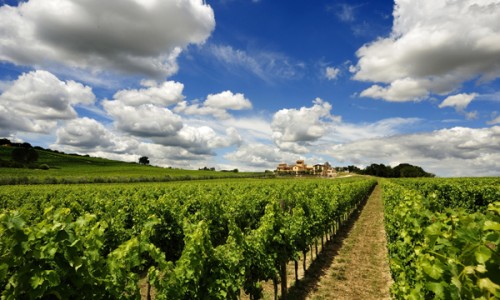





Friuli Venezia Giulia
|
Friuli, in the northeastern corner of Italy, is probably the most demographically complex of all the 20 regions in Italy. Here you can find typical Italian names such as Schiopetto, alongside the Germanic Jermann and the Slavic Princic, as a memento of the time when the Friuli (or Friuli-Venezia Giulia, the region’s official name) was part of the Austro-Hungarian dual monarchy that ruled large parts of both northern Italy and the Balkans. The German-Austrian tradition of highlighting the name of the grape rather than the geographic origin is still dominant, and many of the grape names found on the labels of the wines from Friuli, are what we normally call international varieties. When we see names such as Merlot and Cabernet Franc, it is not an expression of a recently emerged interest in these varieties, dictated by the latest fashion in grape selection. Many of these varieties have come to Friuli as early as the 1860s, and they adapted very well to the growing conditions in Friuli infact for these varieties you can say that Friuli produces the most educationally illustrative wines when it comes to grape typicity. Merlot has been the most widely grown grape in Friuli for many years, and it is only now in the new millennium that Pinot Grigio has overtaken it. And it is due to the white wines that Friuli has found a place in Italian wine history. It was in Friuli that temperature control during the alcoholic fermentation was introduced to avoid the oxidation that Italian white wines have always suffered from. This technical conquest ensured that the white wines from Friuli achieved a recognition not only in Italy, but also internationally and there is, rightly, still a lot of respect for the white wines from this area, although the latest year’s export success, Pinot Grigio, probably didn’t improve the image of quality. It is still difficult for the local varieties to get to the top and only the red Refosco and the white Verduzzo Friulano are among the top 10-list of the most widely planted grape varieties. The grape name is still dominating the label, but during recent years the new trend is to blend different grape varieties, and these blends offer exciting new ways for the wines in Friuli. |
|
||||||||||||||||
